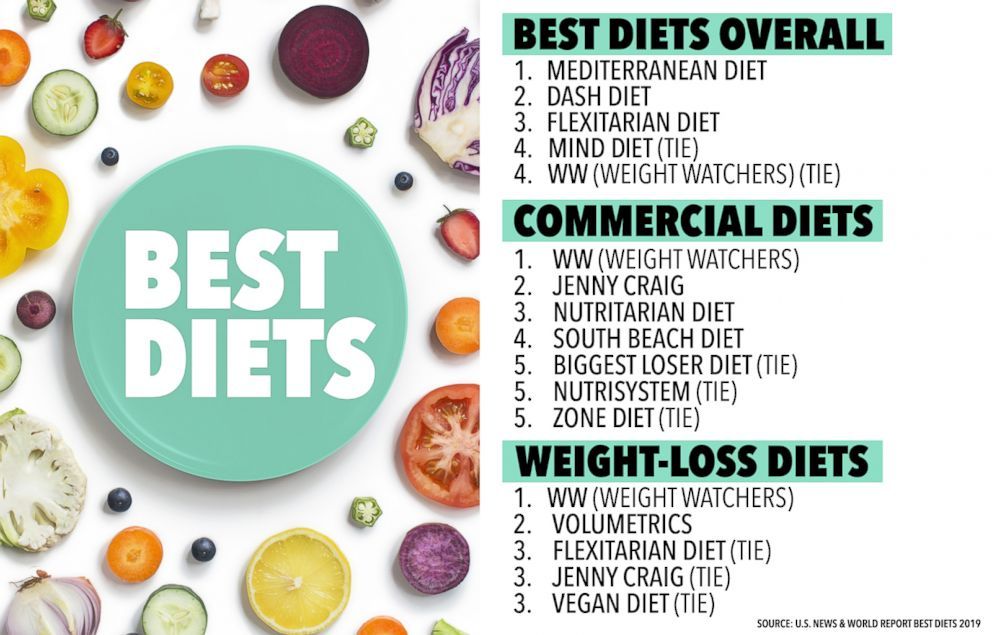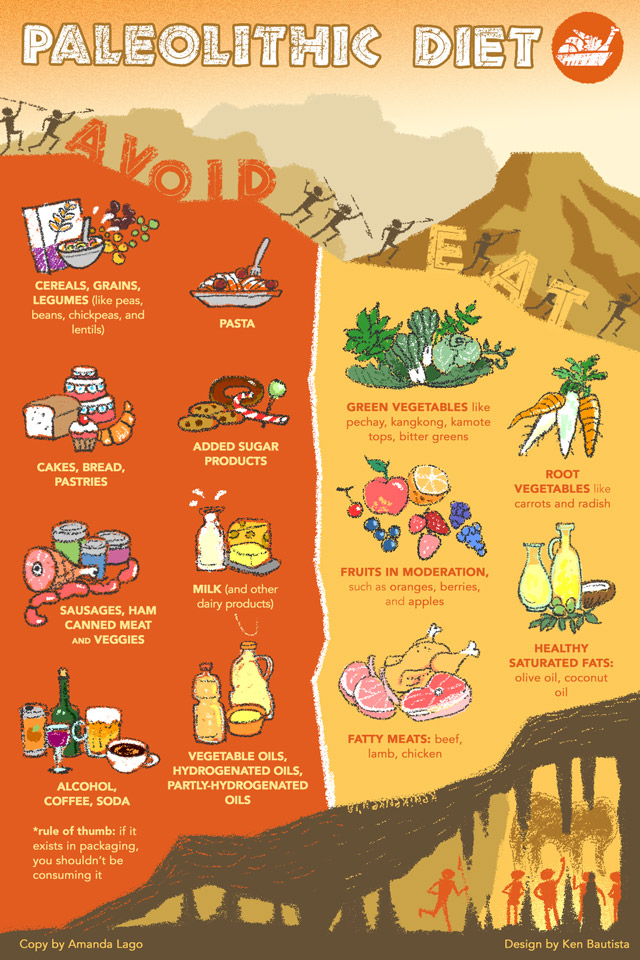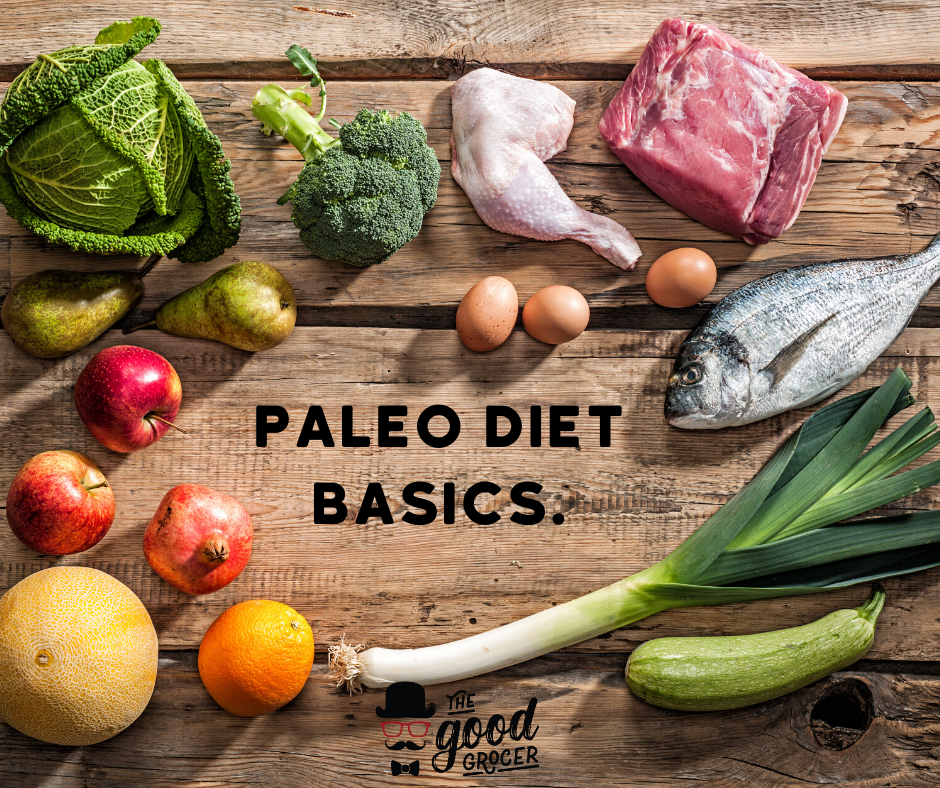
The DASH diet has been a very popular weight loss method. The Mayo Clinic's principles are the basis of this diet. While this diet has many benefits, it is not for everyone. This article will explain the DASH diet and what foods to avoid. We also discuss the costs associated with the DASH diet. Read on to find out more.
DASH diet is good for your health
The DASH diet is a good choice for anyone looking to lose weight. You will need to eat specific portions of various food groups. These are determined by your calorie intake. Whole grains, including whole wheat bread and breakfast cereals, are included in the diet. All vegetables are permitted, including tomatoes and lettuce. DASH diet followers should be careful not to consume more than 200mg of sodium per day.
It is important that you choose meals with lots of fruits and veggies when you prepare them. You should choose lean protein sources such as chicken or fish and reduce your consumption of red meat. Choose fat-free dairy products over red meat, and stick to lean protein sources. DASH diet also emphasizes the importance of reducing saturated fats as well as added sugar. Another option is low-calorie beverages.
Foods to include in a DASH diet

DASH emphasizes vegetables, fruits, and whole grains. The DASH diet also restricts red and processed meats, as well as sugar and salt. It is generally low-fat. Red meat and processed meat are also prohibited by the DASH diet. To get the best results, it is crucial to adhere to the DASH diet. However, if you are already on a DASH diet, there are some changes you can make to make it fit your lifestyle.
The DASH diet reduces blood pressure, which is a general measure of the force on the organs and blood vessels. It is divided into two numbers: the diastolic and systolic. These are the pressures in the blood vessels that rise between heartbeats. This diet is good for people with high blood pressure.
Avoid these foods when following a DASH diet
There are some foods to avoid when following the DASH diet. High blood pressure, on the other hand, is generally considered to be high in adults with an average blood pressure of less than 120/80. People with blood pressures over 140/90 are considered high blood pressure. This is why the DASH diet may not be suitable for them. Fortunately, the DASH diet has been proven to be effective in lowering blood pressure.
Processed food is one food that you should avoid when following the DASH diet. Processed foods are often high in sodium. Fresh foods are usually lower in sodium and have higher levels of fiber, vitamins and mineral. You will find foods with lower sodium in the supermarket's outer aisles. They can be fresh fruits and vegetables as well as low-fat dairy and even nuts. If possible, avoid processed foods and opt for fresh fruits and veggies.
DASH diet costs

A DASH diet is one step towards a healthier lifestyle. DASH is a way to make dietary changes. Your meals will be rich in fruits and vegetables, as well as good sources of protein. You can also switch out refined grains for whole grains. Instead of butter, choose fat-free dairy products and lean meats or fish. Limit your intakes added sugars and saturated fats. You can also choose to drink water and low-calorie drinks in place of sodas.
If you have high blood pressure and want to lower it, you might consider the DASH diet. This diet will decrease your systolic bloodpressure by around 4 milligrams. However, your diastolic pressure will drop by approximately 2 milligrams. The DASH diet plan focuses on fruits, vegetables and lean proteins, while avoiding red meat and processed foods. It is low-fat and can lower your risk for stroke and cardiovascular disease.
FAQ
What skills do I need to get into culinary school?
You will need to know how to cook, understand food safety regulations, and be able work under pressure in order to become a chef. To learn how cook, enroll in cooking courses at your local high schools or community colleges. Once you have learned the basics of cooking, it is time to look for work at a restaurant.
What are my options for learning about cooking?
Cooking classes are available throughout the country. You can find courses in baking, pastry and wine tasting at many schools. If you're interested in learning more about baking, you can either enroll at a community college or vocational school. Or you can attend a private class.
Is there a better career path for someone who dreams of becoming a chef? How do I begin my career as chef?
Apprenticeships are a great way to get started if you want to become a chef. Apprenticeships give you the opportunity to work for many years without having to pay tuition fees. After you complete your apprenticeship, it is possible to apply for a job as a sous-chef. Sous chefs assist cooks with tasks such as making salads, and desserts. They oversee all aspects of the restaurant's operation.
How do you get hired as a Chef?
The first step toward getting a job as a chef is to complete a culinary arts degree. You can then join a professional group such as ACF. This association offers certification exams as well as networking opportunities.
Is there a difference in a chef and a cooker?
A chef prepares meals for others. A cook cooks for others. Both jobs require the preparation of food. However, chefs work directly with their customers. This means that they can have to decide what food to serve customers based their preferences. A cook does not interact with customers. Instead, a cook makes sure the food tastes good before delivering it to customers.
Statistics
- under 10 Kids have been taught that there is special food just for them, and Fiese says that 10 percent of kids will throw a tantrum if they don't get the food they want. (washingtonpost.com)
- According to the BLS, chefs earn $58,740 a year. (learnhowtobecome.org)
- The median pay for a chef or head cook is $53,380 per year or $25.66/hour, according to the U.S. Bureau of Labor Statistics (BLS). (learnhowtobecome.org)
External Links
How To
How to Become a Chef
Chefs are one of the most fascinating careers. It is difficult to know what job you would like, as it requires a lot in the way of knowledge and skills. You can start immediately if you are looking to enter this field. You can work at restaurants, hotels or catering businesses. You could also take up cooking classes. These tips will help you make a decision.
-
Learn how to cook!
Cooking is something everyone should learn at least once in their life. It doesn't matter if your knowledge of food is limited, you can learn how to make it. So many different recipes are available online, and they are easy to follow. You should not rush learning new skills. Take it slow and enjoy each step.
-
You should get a degree in culinary arts
If you wish to become a professional chef, a culinary arts degree might be the right choice. This way, you will be able to develop your own style and taste while gaining valuable knowledge. Culinary schools offer many courses, including baking, pastry, meat cutting, and more. Students are required to stay in class for several years before graduating. It is important to consider your options before choosing a school to train as a chef.
-
Work in a restaurant
Working in a restaurant is probably the easiest way to enter the world of chefs. People who want to be chefs start by working in a restaurant. Restaurants always look for qualified staff, especially those who have worked in other fields. Restaurant jobs are a great way to get a job as a chef.